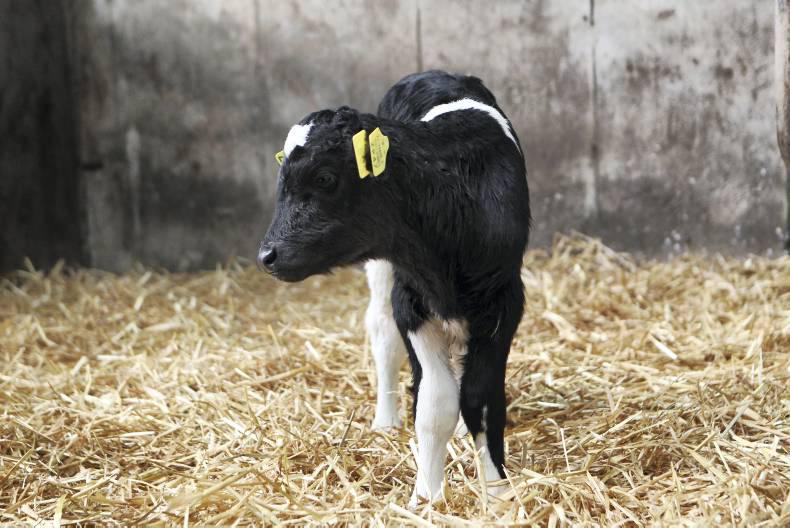The next few weeks on the farm are all about getting organised for the busy calving period, which kicks off here in about a fortnight. We will start calving the heifers a week after the cows to build up some cow numbers in the parlour to help train the heifers. This extends the busiest time to four weeks instead of three weeks, but we feel that it will be a big help when training heifers to settle into the milking routine.
The breeding season went very well for both heifers and cows last year, so we are seeing plenty of udder development under the heifers and a few cows starting to show a bit of promise as well.
We should have over 80% of the herd calved in the first six weeks, which means around 240 out of a total of 300 cows going through the parlour by the end of February. Hopefully, the weather will have improved enough by then to have them out at grass most of the time.
The tags have been ordered and delivered at this stage as the backlog seems to get worse with tag orders every year and, last year, they seemed to take forever to arrive. All calves were tagged on time, but the first few needed a few temporary tags to help keep track of dams’ identification. This year, things need to run smoother with bigger numbers.
The computerised calf feeder will be serviced and ready for the best of the heifer calves and the pedigree bull calves as usual. This shed will probably be full by the end of the first three to four weeks of calving this year, with the overflow filling sheds closer to the parlour for feeding with whole milk.
The intention is to sell most of the surplus bull calves straight off the farm this year, with two beef farmers lined up to take a significant number each at a week old. We will also sell some heifer calves at the same age to reduce the workload.
The plan is to be as organised as possible before the real work kicks off and hopefully everything will fall into place as we move through the transition from dry cows to milking and from silage to grass again. Doses, vaccinations and footbathing cows will be completed in the next week and veterinary and feed supplies for calving and calf-rearing will be organised.
A day or two on the phone or computer now will save a lot of running around next month when things are too busy. Something will always be forgotten or some new problem will crop up and cause a few headaches but, if the usual issues are planned for, a lot of stress can be avoided. A list, pocket notebook or even a note in the smartphone can help to keep things organised.
Grass growth
Grass has grown a huge amount over the winter with no real frost yet. Hopefully it will still be there when we need to graze it next month. We have enough fodder on hand but, in an ideal world, ground conditions would improve by the end of this month and allow us to get fresh calvers out early.
We were lucky enough to get offered the help of local UCD ag student Peter Treacy on work placement for the first two months of the year to help with the busy time. Hopefully he will get a chance to see something different while on placement here, as well as helping with the spring workload.






 This is a subscriber-only article
This is a subscriber-only article










SHARING OPTIONS: